NeuLog logger sensors help us in mastering the art of chemistry, the noble and exact discipline that affects a tiniest brain cell, as well as materials engineering. The principles of electrochemistry, solar energy, organic chemistry, physical chemistry, acids and bases, distillation, are only a fragment of the multifaceted science that is waiting to be studied. Solar Cells, Common Acids and Bases, Action of a Buffer Solution, Freezing and Melting of Water. Physics Experiments, Biology Experiments, Environmental Science Experiments, Share Your ExperienceChemistry Experiments
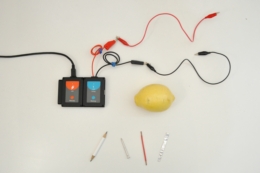
Producing Electricity C-1 ver. 3.2.7
Voltage logger sensor
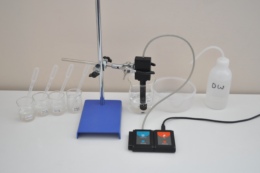
Ions in Solution C-3 ver. 3.2.8
Conductivity logger sensor

Combustion C-5 ver. 3.3.8
Oxygen logger sensor
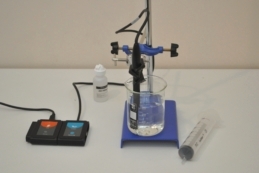
Gas Solubility C-6 ver. 3.2.7
Oxygen logger sensor
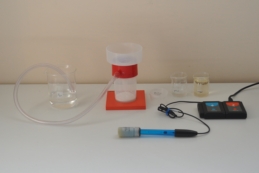
Acid Rain C-8 ver. 3.2.10
pH logger sensor
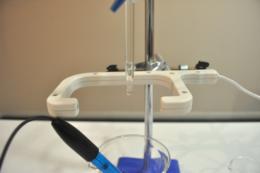
Titration of a Strong Acid and a Strong Base C-10 ver. 3.0.4
pH logger sensor
Drop counter logger sensor
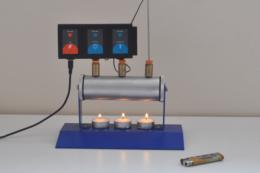
Gay-Lussac’s Law C-14 ver. 3.0.5
Temperature logger sensor
Pressure logger sensor
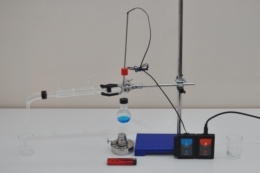
Distillation – part 1 C-15 ver. 3.2.6
Temperature logger sensor

Distillation – part 2 C-16 ver. 3.2.6
Temperature logger sensor
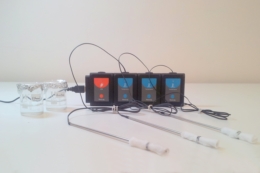
Evaporation C-17 ver. 3.2.9
Three Temperature logger sensors
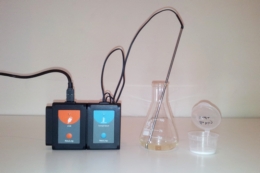
Endothermic and Exothermic reactions – part 1 C-18 ver. 3.2.7
Temperature logger sensor
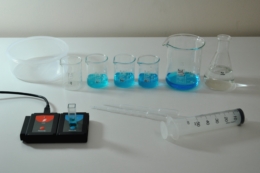
Beer-Lambert law C-28 ver. 3.0.8
Colorimeter logger sensor
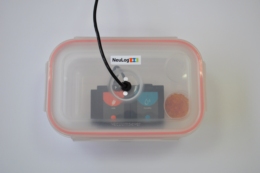
Relative Humidity Conditions C-29 ver. 3.0.8
Relative humidity logger sensor
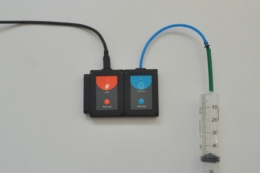
Boyle’s Law C-30 ver. 3.4.4
Pressure logger sensor
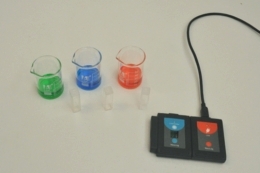
Color Absorption C-31 ver. 3.0.8
Colorimeter logger sensor
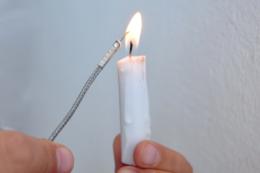
Temperature of a Flame C-32 ver. 3.0.4
Wide range temperature logger sensor
Upcoming Experiments: